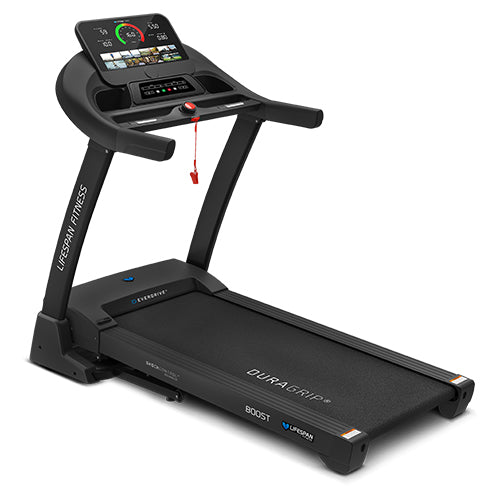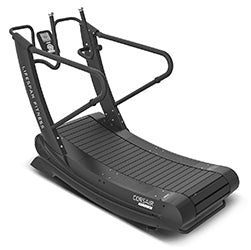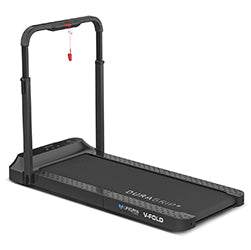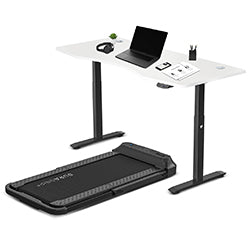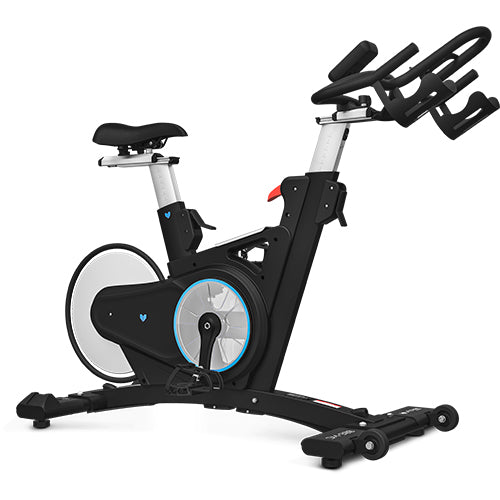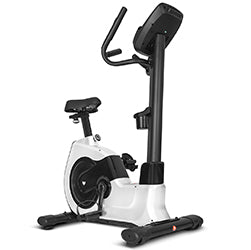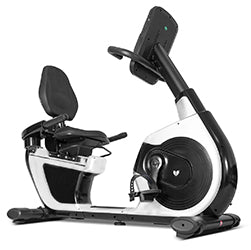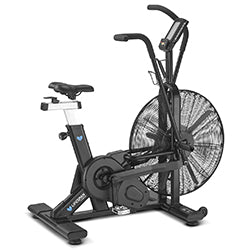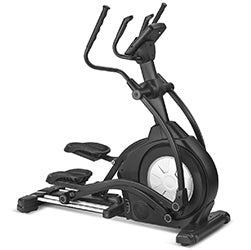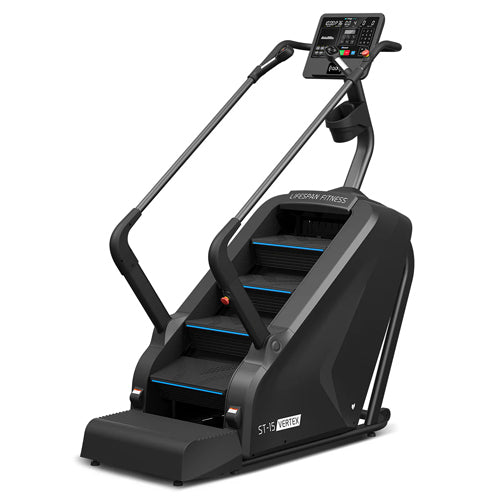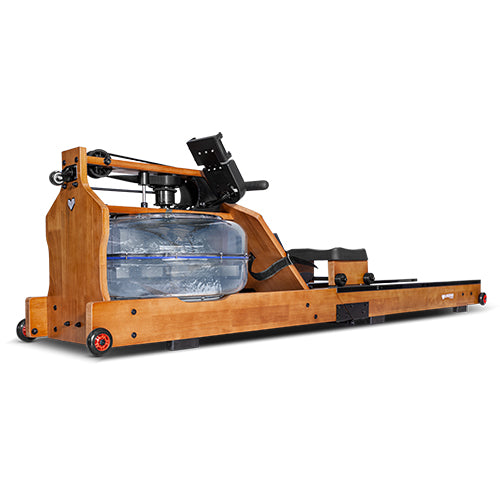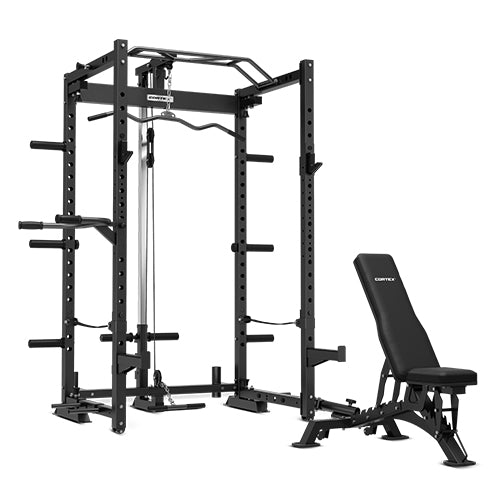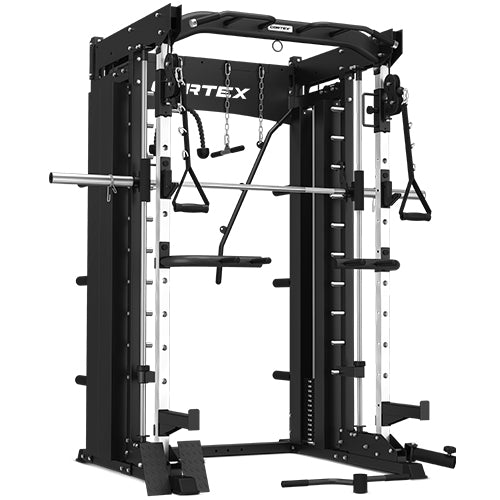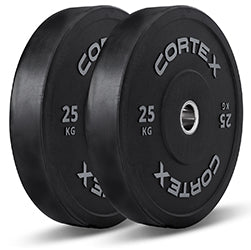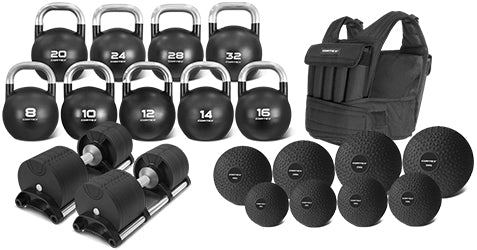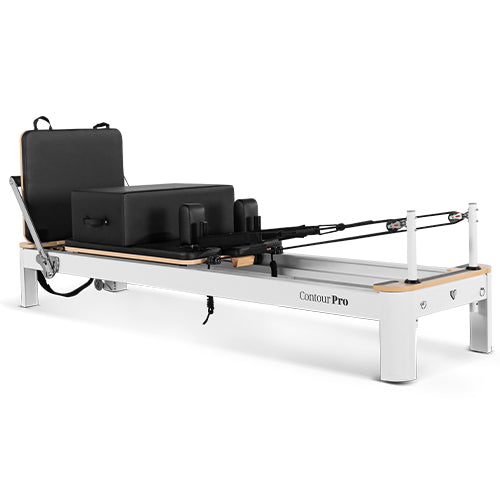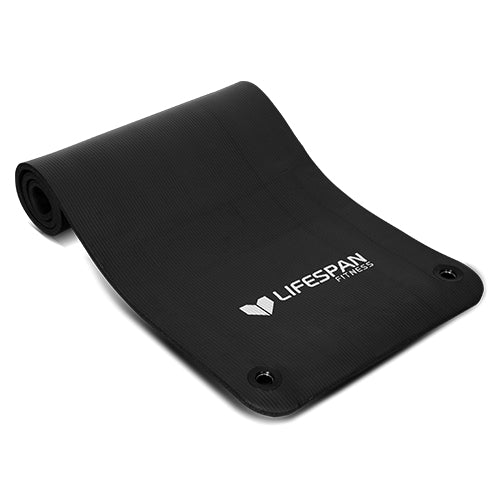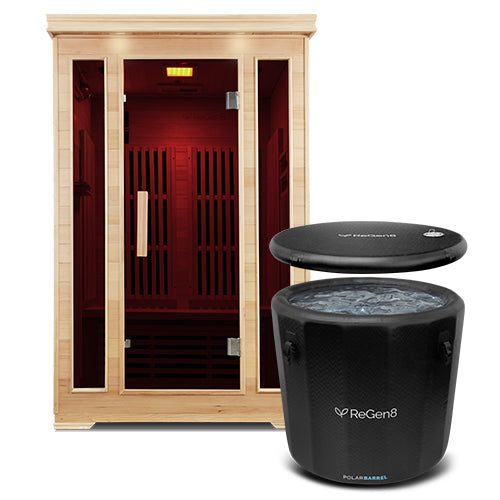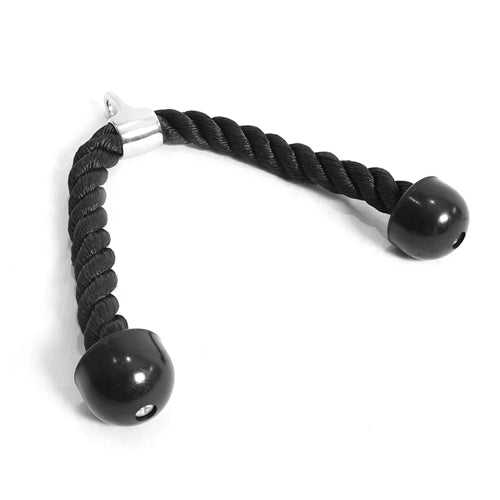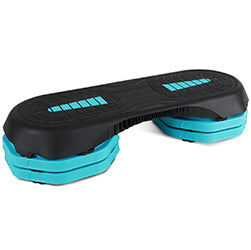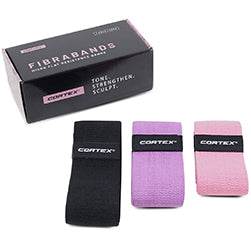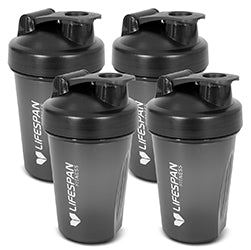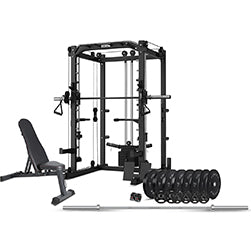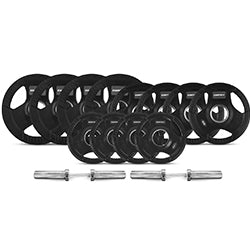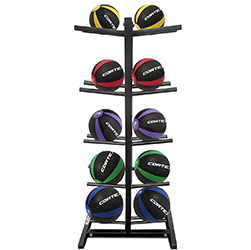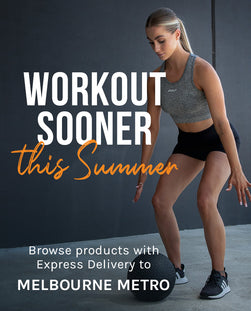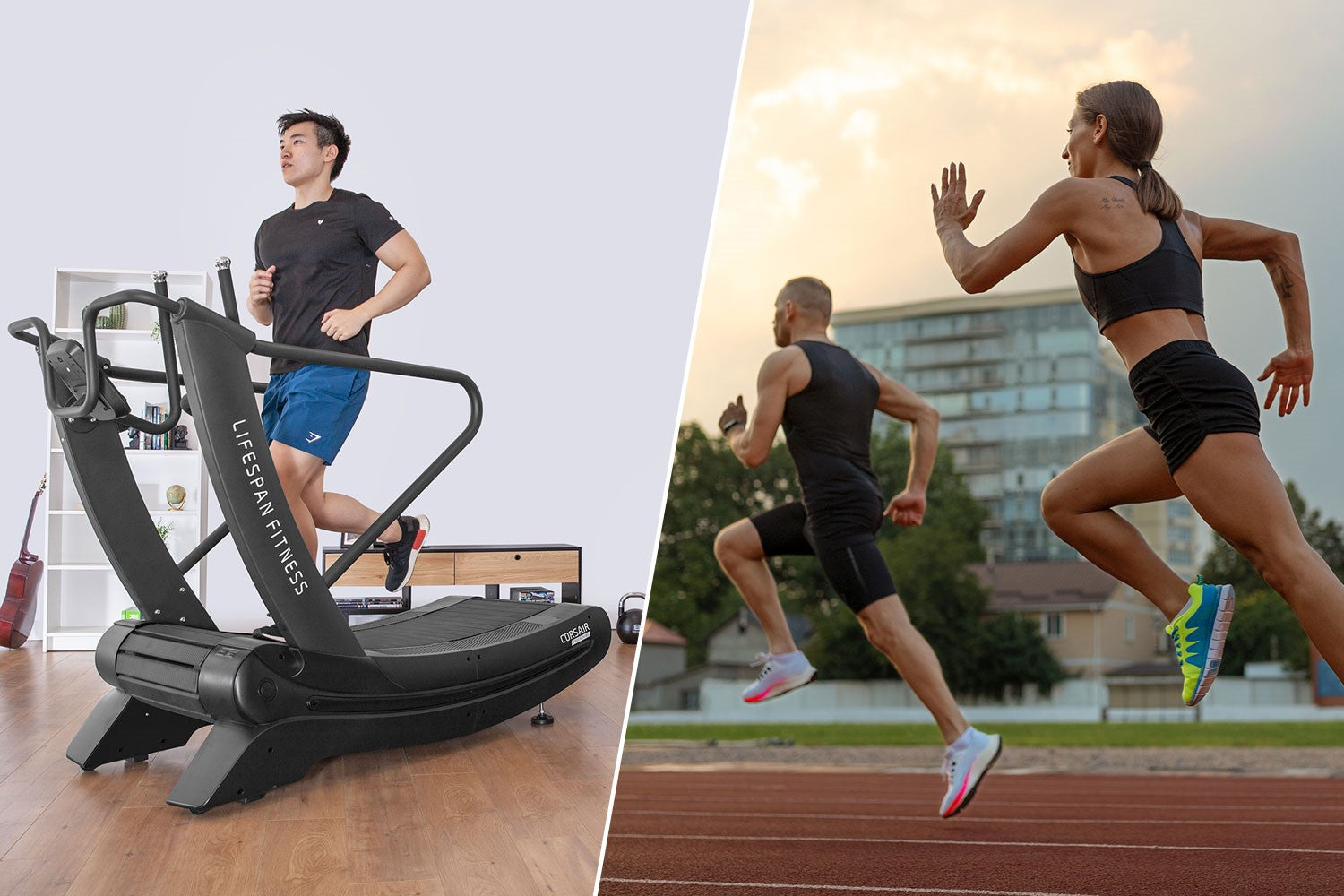

Running a marathon is probably one of the most fulfilling achievements that any fitness junkie can hope to have under their belt. While littered with myriad challenges, the feeling of satisfaction and reward when crossing the finish line is like nothing else. But before we get ahead of ourselves, we have to stop and ask ourselves: how do we actually train for a marathon?
We believe that using a treadmill is crucial for building endurance and mental resilience when training for a marathon or half-marathon. It allows for controlled pacing, weather-independent workouts and reduces joint impact compared to outdoor running. Treadmills offer a consistent surface for training, making it easier to track progress and adjust intensity. This controlled environment is particularly beneficial for specific workouts like tempo runs or hill training. It helps runners stay focused and disciplined with their training schedules, essential for achieving race-day goals. With additional features such as incline and workout programs, you can simulate real tracks and get a genuine feeling for what the marathon will be like.
Join us as we explore the benefits of treadmill training in your marathon preparation, and our best tips for how to get the most out of your workout.
Setting Up Your Treadmill Training Plan

Creating an effective treadmill training plan involves careful planning and balance. Begin with a structured schedule that gradually increases length and intensity. Start with shorter runs and gradually build up to longer distances over weeks or months. Incorporate different types of runs such as tempo runs, interval training and long runs to improve endurance and speed.
Integrate outdoor runs into your training to simulate race conditions and adapt to varying terrain and weather. Outdoor runs also provide mental stimulation and help improve running mechanics that may differ from treadmill running.
Include rest days in your schedule to allow your muscles to recover and prevent overtraining. Active recovery like gentle stretching or low-impact activities can aid in muscle repair and reduce the risk of injury. Proper rest ensures you remain fresh for key workouts and long runs.
Key Treadmill Features
Understanding and utilising key treadmill features can enhance your training effectiveness and preparation for a marathon or half marathon.
Adjusting speed and incline settings on your treadmill allows you to simulate various race conditions and terrain. Increase speed for interval training to improve cardiovascular endurance and leg turnover. Adjusting incline helps build leg strength and simulate hill climbs, crucial for challenging routes.
Many treadmills offer pre-programmed workouts tailored for specific training goals, such as fat burning, endurance building or interval training. These workouts automate speed and incline adjustments, providing variety and structure to your training routine.
Mastering these features involves experimenting with different settings to find what works best for your training goals. For instance, use higher inclines sparingly to prevent overuse injuries and simulate real-world conditions effectively. Pre-programmed workouts can be customised to gradually increase difficulty as your fitness improves, ensuring continuous progress in your marathon or half marathon training journey.
Mental Strategies for Treadmill Training

Set clear, achievable goals for each workout and for your overall training progress. Goals can include distance targets, speed improvements or completing challenging workouts. Celebrate small and big milestones to stay motivated throughout your training journey.
Enhance your treadmill sessions by incorporating entertainment. Listen to motivating music, podcasts or audiobooks to keep your mind engaged during long runs. Some treadmills even have built-in screens for streaming videos or virtual running apps, providing immersive experiences.
It's also important to mix up your workouts to prevent monotony. Alternate between different types of runs such as tempo runs, intervals and long steady-state runs. Adjust speed and incline settings periodically to simulate varying terrains and intensities. Cross-training activities like cycling or swimming on non-running days can also provide mental refreshment and physical conditioning.
Tips for Effective Treadmill Training

To optimise your treadmill training experience and prepare effectively for a marathon or half marathon, consider the following tips:
- Maintain good posture and running mechanics to prevent injury and maximise efficiency. Keep your head up, shoulders relaxed and arms bent at 90 degrees. Land softly on your mid-foot and avoid overstriding.
- Stay hydrated before, during, and after your treadmill sessions. Drink water or electrolyte beverages to replenish fluids lost through sweat. Fuel your body with balanced meals and snacks containing carbohydrates and protein to support energy levels and muscle recovery.
- Familiarise yourself with the treadmill's safety features, such as the emergency stop button and safety clip. Attach the safety clip to your clothing so the treadmill stops automatically if you stumble or fall. Position the treadmill in a safe area with adequate space around it to prevent accidents.
Additional Tips:
- Warm-up and Cool Down: Begin each session with a gentle warm-up and end with a cool-down to gradually increase and decrease heart rate and prevent muscle cramps.
- Footwear: Wear appropriate running shoes with good cushioning and support to reduce impact on joints and prevent injuries.
Tracking Progress and Adjusting Your Plan
It's a good idea to keep a detailed training log to track kilometres, pace and how you feel after each workout. Note any improvements or areas needing attention. Regularly assess your progress to stay motivated and adjust your training as needed.
Running apps or fitness trackers help to monitor and analyse your performance. These apps can provide real-time feedback on distance, pace, heart rate and calories burned. Some apps also offer training plans and virtual challenges to keep you engaged and accountable.
It's also important to be flexible with your training plan based on your progress and circumstances. Adjust length, intensity and rest days according to your fitness level, recovery rate and any unexpected events. Gradually increase kilometres per run and intensity to prevent injuries and ensure steady progress towards your goal race.
Regularly review your goals and adjust your training plan accordingly. By tracking progress, using apps for insights and making necessary adjustments, you'll optimise your preparation and performance for marathon or half marathon success.
Conclusion

Lifespan Fitness offers invaluable resources and equipment to support your marathon or half marathon training journey on the treadmill. With a focus on quality treadmills equipped with advanced features like speed control and pre-programmed workouts, Lifespan Fitness ensures you can train effectively and safely. Whether you're a beginner or seasoned runner, our products and fitness insights empower you to achieve your running goals. Visit Lifespan Fitness today to explore how our solutions can elevate your training experience and help you prepare confidently for your next marathon.




